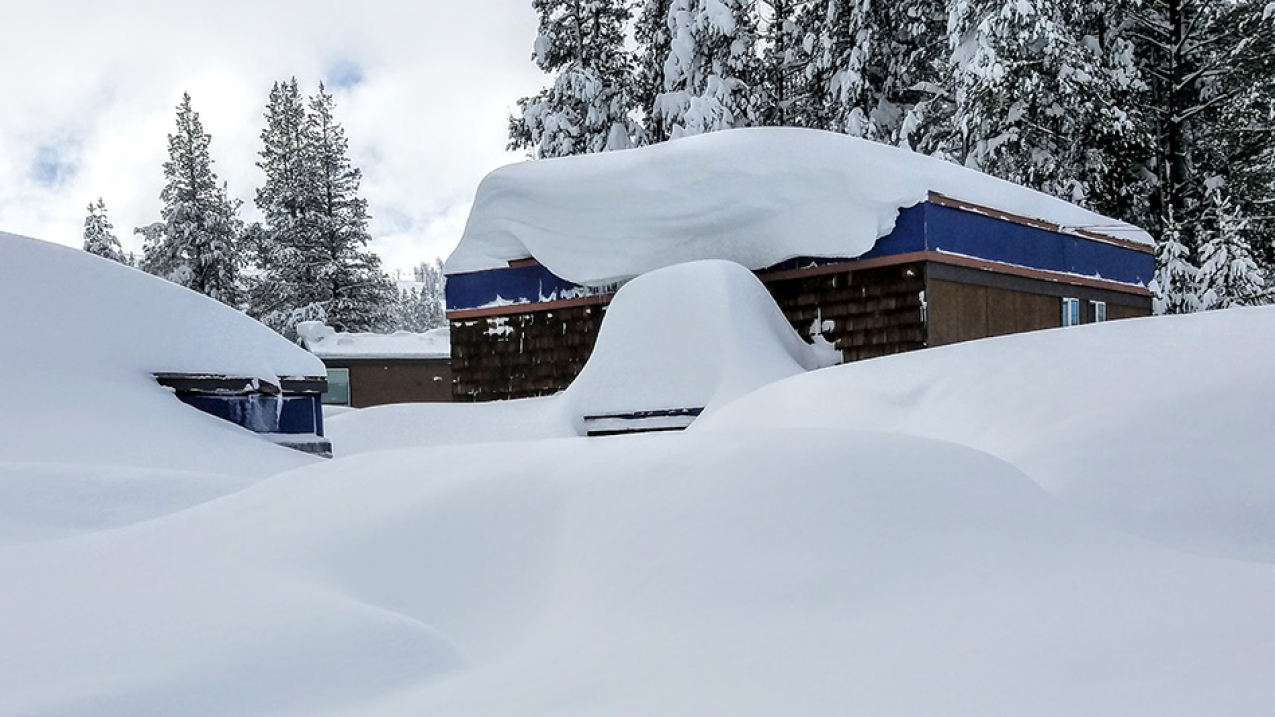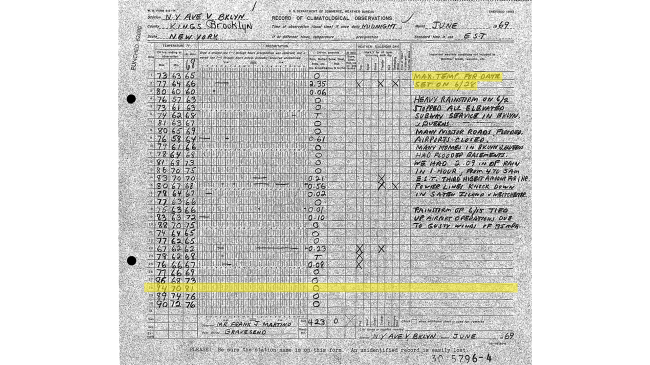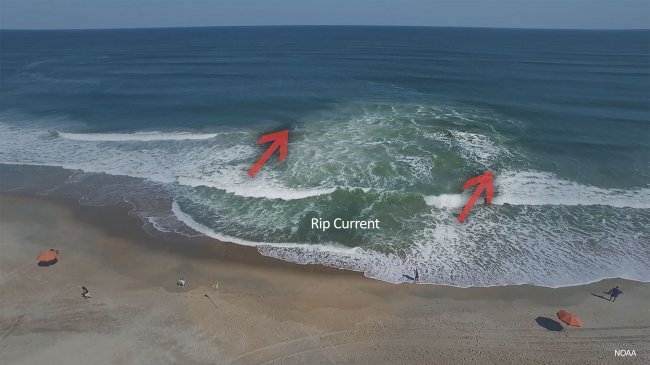Snow in the Sierra Nevada Mountains at its heaviest in more than two decades
Recent storms in California have provided widespread drought relief, but also caused deadly and destructive flooding and mudslides. Last week residents were evacuated from their homes as water poured over the damaged spillway at the Oroville Dam. Many rivers and creeks in the Central Valley and around Northern California are at or above flood stage.

In early February 2017, snowpack in the Sierra Nevada mountains — the combined layers of snow and ice on the ground at any one time — was at its highest since 1995 for this point in the year. Pictured: Near Boreal Mountain Resort in Soda Springs, Calif. (Image credit: Courtesy of Eric Kurth)






